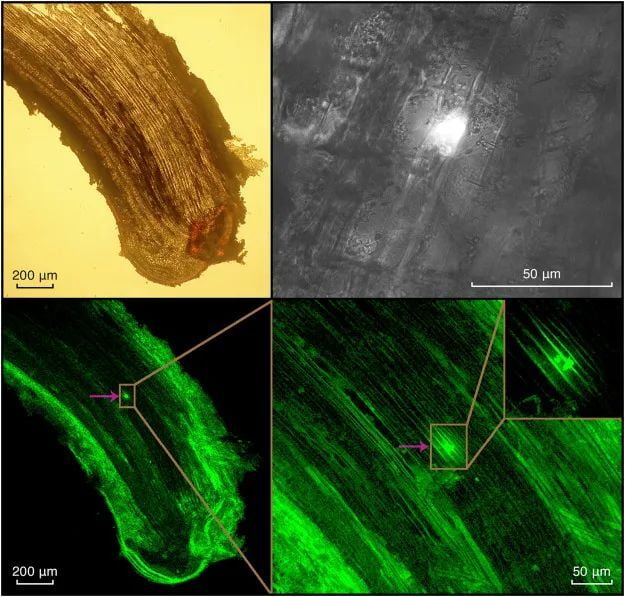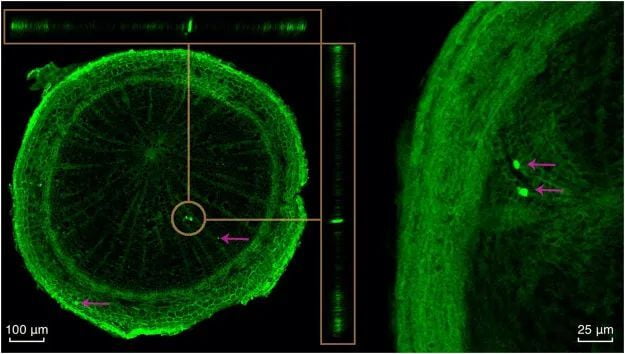Plastic pollution, the ubiquitous problem of man-made emerging pollutants. Due to the inherent durability of plastics, they will accumulate and persist in the environment. Plastic particles may be formed from larger plastic fragments that break down, or they may be released from products that contain plastic particles, for example, cleaning products.
Early studies on the effects of conventional plastic particles in the natural environment focused on the distribution of plastic particles in aquatic systems and their effects on aquatic plants and animals. Although microplastic pollution in soil appears less conspicuous than plastic pollution in oceans and waterways, the accumulation level of plastic particles in soil is 4-23 times higher compared to marine ecosystems. Mainly through direct entry and atmospheric deposition.
In terrestrial environments, plastic particles may alter the physicochemical properties of the soil and potentially affect plant growth and microbial communities. However, few studies have examined the interaction of higher order terrestrial phytosol with microplastics. Recent studies have shown that the roots of some agricultural species such as wheat are able to adsorb microplastics, but until now little attention has been paid to the ability of long-lived woody plants to incorporate and store external materials in their tissues.
Birch trees have been used to combat land pollution as they absorb and store industrial pollutants and heavy metals through their own tissues, and later as carriers of microbial communities that break down polyaromatic hydrocarbons.

A recent study published in Science of The Total Environment by German researcher KatAusten, titled "Plastic particles encapsulated by birch roots," showed that individual particles of 5 to 10 μm in diameter can enter the soil around the roots of birch trees. By combining fluorescence confocal laser scanning microscopy (sample morphology), the researchers localized and visually labeled how plastic particle particles are embedded in root cell structures.

In addition to the natural autofluorescence of tree roots, evidence suggests that fluorescent plastic particles are found in the root outer cortex, the lateral roots of the cortex and vascular tissue, and the outer cortex between.
These results indicate that birch roots in the growing stage are able to significantly absorb plastic particles from the soil, and the researchers suggest that further investigation into the rate of uptake of treated plastic particles and their effects on long-term health is necessary to determine if birch trees are suitable plastic particle collectors that are able to deal well with microplastic contamination in the soil.

